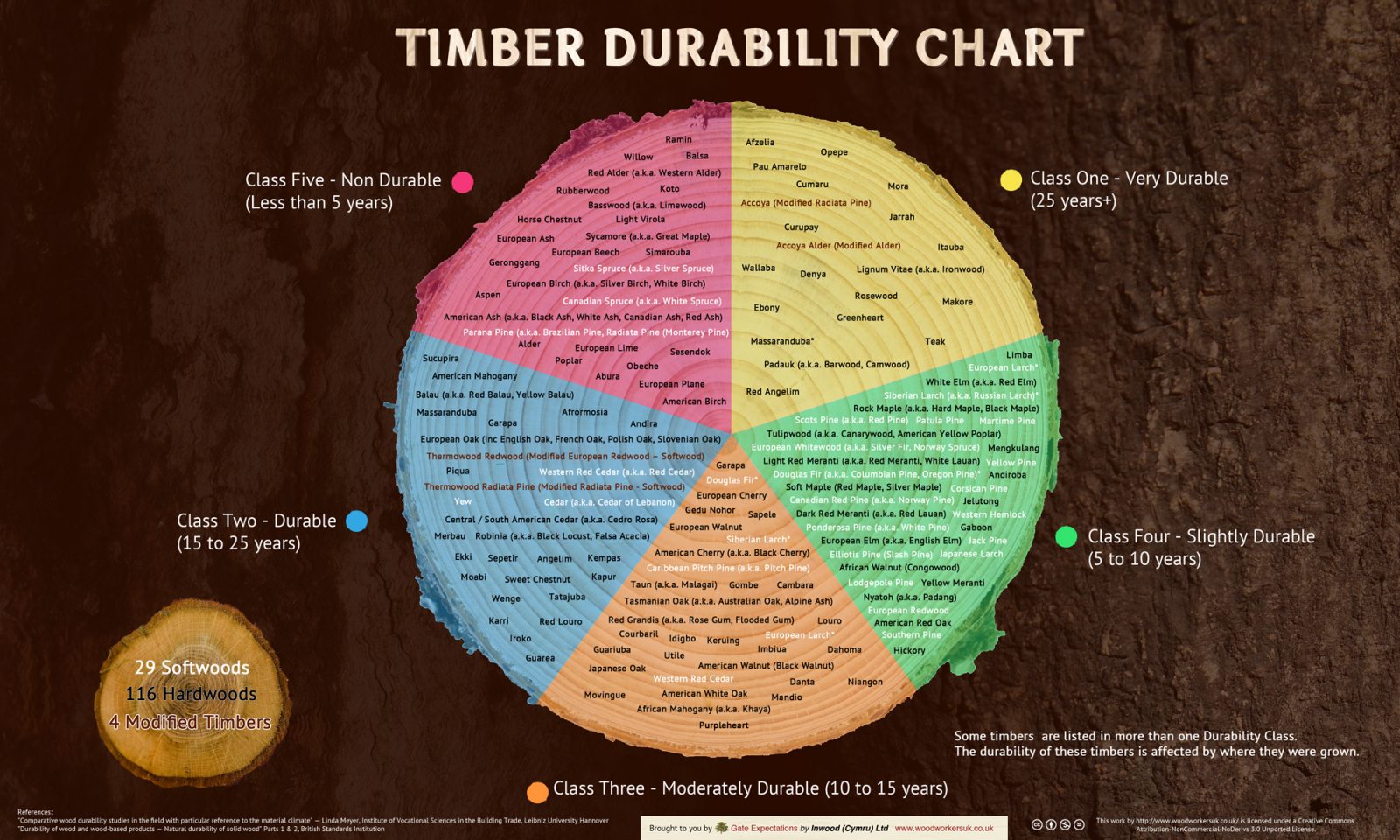Timber Durability Classes: A Guide for Long-Lasting Windows
When choosing materials for your windows, durability is a crucial factor to consider. Timber windows have long been revered for their timeless beauty and natural warmth. However, not all timber is created equal in terms of durability.
What are Timber Durability Classes?
Timber durability classes categorise different timber species based on their natural resistance to decay and insects. These classes provide a standardised system for evaluating timber’s performance and predicting its longevity in various environmental conditions. This classification system helps in determining the appropriate use of different wood species in various applications, ensuring that the chosen wood is suitable for its intended purpose and will withstand environmental stresses.
The Timber Durability Class System:
The most commonly used timber durability classification system is based on European standards, known as the EN 350 standard. It divides timber into five classes, ranging from Class 1 (very durable) to Class 5 (not durable).
Class 1: Highly Durable Timber
Class 1 timber species offer the highest natural resistance to decay and insect attacks. These woods can withstand severe weather conditions and are suitable for direct contact with the ground, making them an excellent choice for windows in the UK, which are exposed to extreme environments and high moisture levels. Examples of Class 1 timber species include Accoya, teak, Abodo, and oak.
Class 2: Durable Timber
Class 2 timber species possess good resistance to decay and insects but may require some protection in certain conditions. While not as robust as Class 1, these timbers still provide good durability for windows in most environments. Examples of Class 2 timber species include sapele and mahogany.
Class 3: Moderately Durable Timber
Class 3 timber species exhibit moderate resistance to decay and insects. They typically require treatment or protection to enhance their durability. With proper maintenance and care, Class 3 timber can be suitable for windows in less exposed areas or regions with milder climates. Examples of Class 3 timber species include pine and spruce.
Class 4: Slightly Durable Timber
Class 4 timber species have limited natural resistance to decay and insects. They often require significant protection, such as preservatives and regular maintenance, to prolong their lifespan. Class 4 timber is suitable for windows in protected areas, such as interior applications or regions with minimal exposure to moisture. Examples of Class 4 timber species include fir and cedar.
Class 5: Not Durable Timber
Class 5 timber species have poor natural resistance to decay and insects. These timbers are unsuitable for windows without proper treatment or protection. They are typically used indoors or in areas where they are shielded from the elements. Examples of Class 5 timber species include poplar and some fast-growing softwoods.
Choosing the Right Durability Class for Your Windows:
Selecting the appropriate timber durability class for your windows depends on various factors, including the window’s exposure to the environment, climate, and maintenance requirements. For windows installed in harsh conditions or those subjected to significant moisture, it’s recommended to opt for higher durability classes (Class 1 or 2). In contrast, windows in more protected areas or interior applications can utilise lower durability classes (Class 3 or 4).
By considering these durability classes, you can ensure that your timber windows offer the desired longevity and retain their beauty for years to come.
Interested in finding out how much new timber windows cost? Why not try our instant estimate form!

Get a quote
Drop us a line to discuss your windows



